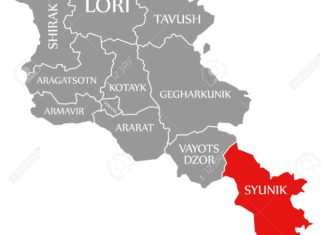Jerusalem is one of the most hotly-contested cities in the world. Consequently, to discuss any issue relating to the Armenian presence in that holy city is equally controversial. However, the Armenian Patriarchate of Jerusalem is a badge of honor before the world thanks to its history as well as its location in one of the most important cities in the globe.
In addition to its religious, cultural and educational role, Jerusalem plays a significant political one.
Incidentally, during the Prime Minister Yitzhak Rabin and PLO Chairman Yasser Arafat negotiations in the 1990s to solve the Israeli-Palestinian conflict, the fate of the Armenian Quarter became a sticking point, because each side had been insisting on bringing the quarter under its jurisdiction.
The Armenian Patriarchate dates back to the 7th century AD, when the first patriarch, Abraham I, served from 638 to 669. Ever since then, its place in the Christian world has expanded exponentially, along with its real estate portfolio, which has helped to sustain its existence.
The Patriarchate and its St. James Monastery have survived under Arab, Crusader, Ottoman, British, Jordanian and Israeli rules, thanks to the monks’ ingenuity and political maneuvering.
Armenians all around the world have supported the St. James Brotherhood to expand its real estate holdings, which have reached a size that is fairly unmanageable.








